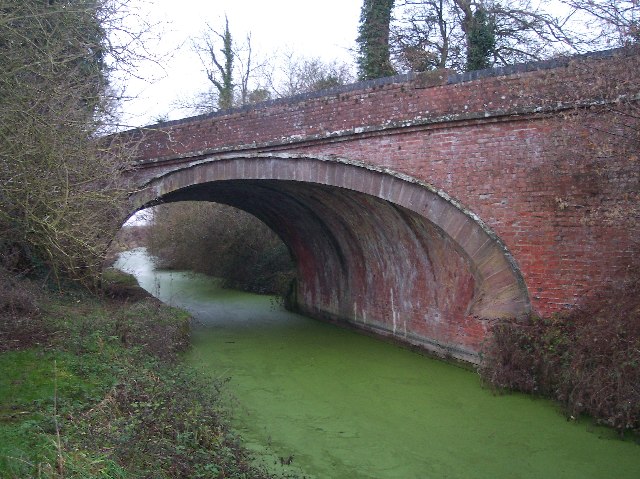|
Edgar Street Grid
The Edgar Street Grid is a redevelopment project in the north of Hereford, England, estimated to cost almost £1 billion and intended to restore the city as a key shopping and business destination in the region. Work was expected to start in 2010. Zones The project creates three distinct but interlinked zones - the Retail/Leisure Quarter, on the council-owned old livestock market; the Civic Quarter, to contain a mix of public buildings, private offices, shops and restaurants; and the new Blackfriars Urban Village, where around 800 new homes will be built. A centrepiece to the regeneration will be a new canal basin at the end of the Herefordshire and Gloucestershire Canal The Herefordshire and Gloucestershire Canal (sometimes known as the Hereford and Gloucester Canal) is a canal in the west of England, which ran from Hereford to Gloucester, where it linked to the River Severn. It was opened in two phases in 179 ..., which is currently undergoing restoration. Referen ... [...More Info...] [...Related Items...] OR: [Wikipedia] [Google] [Baidu] |
Hereford
Hereford () is a cathedral city, civil parish and the county town of Herefordshire, England. It lies on the River Wye, approximately east of the border with Wales, south-west of Worcester and north-west of Gloucester. With a population of 53,112 in 2021 it is by far the largest settlement in Herefordshire. An early town charter from 1189, granted by Richard I of England, describes it as "Hereford in Wales". Hereford has been recognised as a city since time immemorial, with the status being reconfirmed as recently as October 2000. It is now known chiefly as a trading centre for a wider agricultural and rural area. Products from Hereford include cider, beer, leather goods, nickel alloys, poultry, chemicals and sausage rolls, as well as the famous Hereford breed of cattle. Toponymy The Herefordshire edition of Cambridge County Geographies states "a Welsh derivation of Hereford is more probable than a Saxon one" but the name "Hereford" is also said to come from the Angl ... [...More Info...] [...Related Items...] OR: [Wikipedia] [Google] [Baidu] |
Canal Basin
A canal basin is (particularly in the United Kingdom) an expanse of waterway alongside or at the end of a canal, and wider than the canal, constructed to allow boats to moor or unload cargo without impeding the progress of other traffic, and to allow room for turning, thus serving as a winding hole. For inland waterways, a basin may be thought of as a land-locked harbour.Shorter Oxford Dictionary - Vol 1 - "basin" A basin was often associated with wharves around its perimeter, to support commercial users. In modern times, canal basins are more usually used to moor residential and recreational narrowboats. Gallery Williamsport MD - C&O Canal c1906.jpg, A canal basin at Williamsport, MD on the Chesapeake and Ohio Canal C&O Canal - Cushwa Visitor Center.jpg, Cushwa basin, a modern look at the canal basin in Williamsport. Morris_Canal_Boats_near_Port_Delaware_Phillipsburg_NJ_From_HABS.tif, Port Delaware on the Morris Canal, with boats waiting for cargo. See also *List of cana ... [...More Info...] [...Related Items...] OR: [Wikipedia] [Google] [Baidu] |
Herefordshire And Gloucestershire Canal
The Herefordshire and Gloucestershire Canal (sometimes known as the Hereford and Gloucester Canal) is a canal in the west of England, which ran from Hereford to Gloucester, where it linked to the River Severn. It was opened in two phases in 1798 and 1845, and closed in 1881, when the southern section was used for the course of the Ledbury and Gloucester Railway. It is the subject of an active restoration scheme. History The first plans for a canal between Hereford and Gloucester were made by Robert Whitworth, one of James Brindley's pupils, in 1777. The route was part of a grander plan to link Stourport on Severn and Leominster as well. Twelve years later, Richard Hall submitted plans for a canal via Ledbury. In March 1790, the promoters decided to submit the plans to Parliament. Josiah Clowes, an engineer who had previous experience of working on the Chester Canal and who had worked with Whitworth on the Thames and Severn Canal, was to be the engineer. It appears that he re-surv ... [...More Info...] [...Related Items...] OR: [Wikipedia] [Google] [Baidu] |

